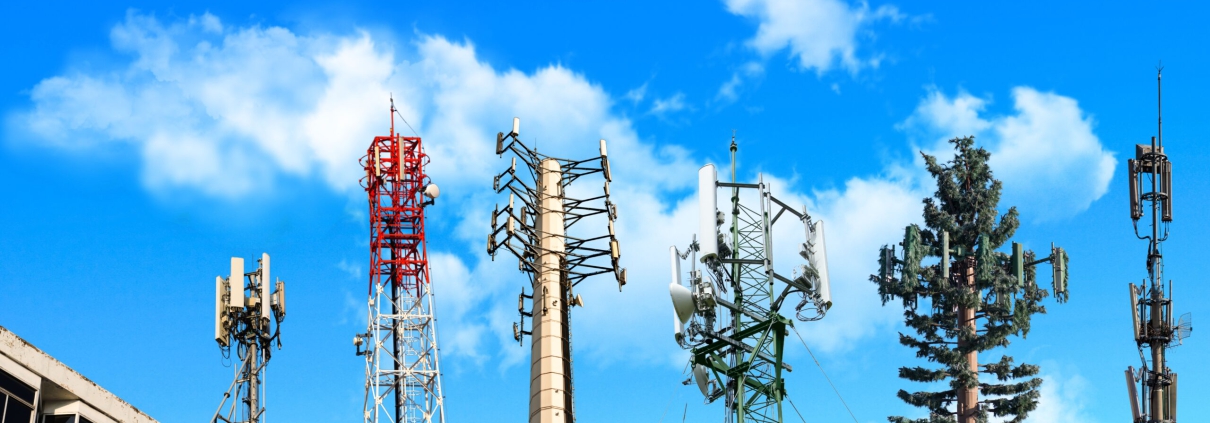Telecom Batteries Prices: What You Need to Know for Smart Procurement
Choosing the right batteries for telecom applications isn’t just about picking the cheapest option. For telecom operators, system integrators, and maintenance teams, understanding the price range, battery types, and total cost of ownership (TCO) is critical to ensure reliable network operation, reduce maintenance overhead, and make smart investment decisions. In this guide, we’ll provide a detailed overview of telecom battery pricing, explain the factors that influence costs, and offer practical advice for informed procurement.
Price Overview by Battery Type and Capacity
To give buyers a quick reference, here’s an estimated price range for telecom batteries by voltage, capacity, and chemistry. These figures are based on current market data and publicly available industry sources. Prices may vary depending on brand, supplier, and quantity.
| Voltage | Capacity / Chemistry | Typical Use | Estimated Price Range (USD/unit) | Reference / Notes |
| 12 V Lead Acid (AGM/VRLA) | ~100 Ah | Small UPS / telecom backup | $150‑300 | Publicly available quotes (ixupai.com) |
| 48 V Lead Acid / AGM | Multiple 12/24 V units | Standard telecom backup | $400‑1,000+ | Market estimate |
| 48 V Lithium (LiFePO₄), Medium Capacity | 48 V × 100 Ah (~5 kWh) | Rack-mounted / telecom backup | $500‑1,000 | Supplier quote (everexceed.en.made-in-china.com) |
| 48 V Lithium (Large Capacity) | 48 V × 150‑300 Ah / 35 kWh+ | Telecom base stations / server rooms | $2,000‑5,000+ | System-level pricing (telecompowersystem.com) |
Note: These are indicative prices as of late 2025 and subject to change. Actual costs depend on specifications, certification, warranty, and purchase volume.
Factors Affecting Telecom Battery Prices
Several factors influence the price of telecom batteries:
- Battery Type – Lead acid, AGM, Gel, and lithium-ion each have different cost structures. Lithium typically has a higher upfront cost but lower lifecycle cost.
- Voltage and Capacity – Higher voltage or higher Ah batteries cost more, and the required configuration (series/parallel) affects the total system price.
- Brand and Quality – Premium suppliers often charge more, reflecting higher reliability, longer warranties, and better support.
- Integration Requirements – Batteries for standalone racks, integrated UPS systems, or hybrid power setups can vary significantly in price.
- Geography and Logistics – Import duties, shipping costs, and regional supply can impact final prices.
Lead Acid vs Lithium: Cost Comparison
Understanding total cost, not just unit price, is crucial:
- Lead Acid / AGM
- Lower initial cost
- Shorter cycle life (~3–5 years)
- Higher maintenance and replacement frequency
- Lithium (LiFePO₄)
- Higher upfront cost
- Longer lifespan (8–12 years or more)
- Lower maintenance, lighter weight, higher energy efficiency
- Requires a Battery Management System (BMS) for safety and longevity
For readers interested in a deeper look at market trends and regional pricing drivers, this article provides valuable insights: Exploring the U.S. Telecom Lithium Battery Market: Regional Demand, Drivers and Future Outlook.
Total Cost of Ownership (TCO) Perspective
When evaluating telecom battery prices, consider TCO:
- Replacement Cycles – Frequent replacement increases operational costs.
- Maintenance – Lead acid requires periodic water topping and cleaning; lithium reduces routine maintenance.
- Energy Efficiency – Lithium batteries typically have higher charge/discharge efficiency, lowering energy costs.
- Performance Degradation – Voltage drop over time can affect backup duration; lithium degrades slower than lead acid.
TCO evaluation allows procurement teams to compare initial investment vs lifetime cost, ensuring smarter budget allocation.
Smart Procurement Tips
- Match battery type to system requirements – Consider voltage, capacity, and chemistry for your UPS or base station.
- Factor in lifecycle costs – Don’t focus solely on the lowest purchase price.
- Choose reliable suppliers – Warranty, service support, and certification are critical.
- Consider future-proofing – Select batteries that can integrate with planned network expansions or hybrid power solutions.
For a practical guide on optimizing and future-proofing telecom power systems, readers may refer to: Telecom Battery Solutions: How to Choose, Optimize and Future-Proof Your Network Power.
Conclusion
Telecom battery prices vary widely depending on voltage, capacity, chemistry, and supplier. While lead acid batteries may appear cheaper upfront, lithium batteries often provide a lower total cost of ownership due to longer lifespan, lower maintenance, and higher efficiency.
By understanding price ranges, TCO, and the factors influencing cost, procurement teams and system integrators can make informed decisions that balance reliability, performance, and budget.


